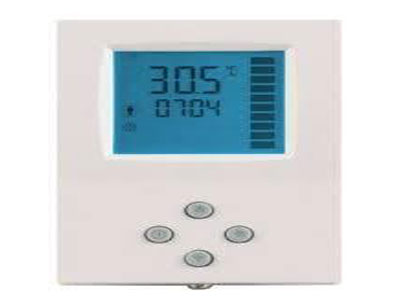Key Takeaway
Vector control in electric motors refers to a method used to manage both the magnitude and direction (or “vector”) of the motor’s magnetic field. This allows precise control over the motor’s torque and speed, making it far more efficient than traditional control methods. Vector control continuously adjusts the motor’s current to ensure that torque is optimized, especially under varying load conditions.
Commonly used in industries like robotics, manufacturing, and automotive applications, vector control enhances motor performance and efficiency. It enables motors to respond quickly and accurately to changing demands, providing better speed regulation, reduced energy consumption, and smoother operation. By effectively controlling torque and speed, vector control ensures optimal performance in a variety of demanding applications.
Definition of Vector Control
Vector control, also known as field-oriented control (FOC), is an advanced technique used to control the torque and speed of AC motors like induction and synchronous motors. Unlike traditional control methods, which adjust the voltage and frequency together, vector control breaks down motor control into separate components—torque and magnetic flux. This separation allows for more precise control, mimicking the behavior of a DC motor but with the efficiency and versatility of AC motors. It enables electric motors to perform smoother and more efficiently, even under varying load conditions, making it essential for modern industrial applications.

How Vector Control Manages Motor Torque and Speed
In vector control, the motor’s electrical currents are split into two components: one that controls the motor’s magnetic field (flux) and another that regulates torque. This separation allows each aspect to be controlled independently, leading to precise and efficient motor operation. The torque component is directly responsible for the motor’s speed and acceleration, while the flux component maintains the motor’s magnetic field, ensuring stability. Feedback from sensors, such as encoders, continuously provides data to the controller, which adjusts both components in real time.
This approach provides more responsive and accurate control over the motor’s performance. It makes it possible to maintain consistent torque even when the motor operates at low speeds or under heavy loads—scenarios where traditional methods may struggle.
Common Industries That Use Vector Control
Vector control is widely used in industries where precision and efficiency are critical. In manufacturing, it’s essential for controlling robotic arms, CNC machines, and other automated equipment. Automotive applications also rely on vector control to manage the efficiency and torque of electric vehicle motors. The aerospace industry benefits from vector control by maintaining precision in aircraft systems, such as actuators and control surfaces. Additionally, vector control is used in elevators and cranes, where smooth, controlled motion and stable torque are crucial for safety and performance.
The versatility of vector control makes it suitable for any sector requiring accurate, real-time control of electric motors, especially in situations involving fluctuating loads and speeds.
Key Benefits of Implementing Vector Control
One of the main advantages of vector control is its ability to provide superior performance by precisely controlling both torque and speed. This makes the motor more efficient, reducing energy consumption, particularly in high-demand applications like automated production lines. Another benefit is the smooth operation it provides. Motors can run with less noise and reduced vibration, which is critical in sensitive environments, such as medical equipment or advanced robotics.
Additionally, vector control enhances motor protection. It can automatically adjust to varying load conditions, preventing overheating and extending the motor’s lifespan. Overall, vector control offers improved efficiency, smoother operation, and better reliability, all of which contribute to its growing popularity across multiple industries.
Challenges in Vector Control Systems
While vector control offers many advantages, it comes with challenges, particularly in its implementation. The system relies heavily on real-time feedback from sensors, and any inaccuracies or delays in this feedback can lead to performance issues. Proper tuning of the control system is also critical. Inaccurate tuning can result in instability, such as motor oscillations or overshooting of the desired position, which affects performance.
Additionally, vector control systems can be more expensive and complex to install and maintain due to the need for advanced sensors, processors, and controllers. To overcome these challenges, regular calibration, maintenance, and high-quality components are essential for optimal system performance.
Conclusion
Vector control is a powerful and efficient method for managing motor torque and speed, offering a level of precision that is essential in modern industries. Its ability to control motors smoothly and adapt to varying load conditions makes it ideal for applications where performance and efficiency are paramount. While there are challenges to implementing vector control, such as sensor dependence and the need for careful tuning, the benefits far outweigh the drawbacks. As technology continues to advance, vector control will play an increasingly important role in improving motor performance, optimizing energy use, and driving innovation across industries.
